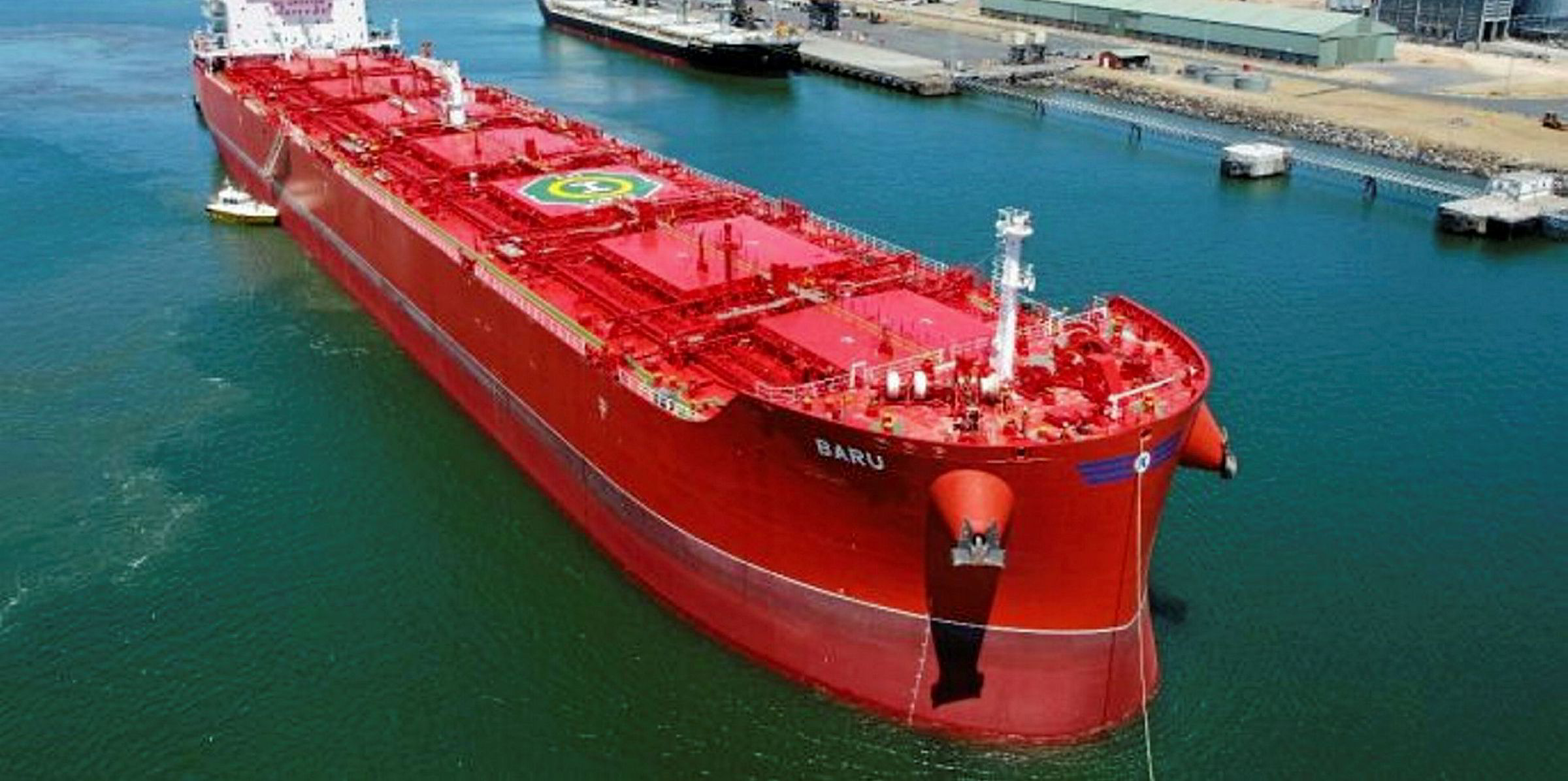Klaveness Combination Carriers (KCC) has carried out its first switch from wet to dry cargo with a CLEANBU ship.
The 82,000-dwt Baru (built 2019) transported a full cargo of petroleum products from India to Argentina.
After discharging this week, it completed the cleaning and conversion from LR1 tanker mode to dry bulk mode as a kamsarmax, loading grain.
It is now en route back to Asia.
"Baru passed all the strict cleaning inspections from the grain cargo surveyors prior to her loading," KCC said.
"The cleaning result was for the first time also available for digital inspection by customers on the new Klaveness and DNV-GL Veracity-created inspection platform."
It added that the efficient trading with minimum ballast results in significant savings in energy consumption and emissions per tonne of cargo transported.
"For this specific trade alone her estimated fuel savings compared to these standard vessels can be estimated to be approximately 1,200 tonnes," KCC said.
Savings in CO2 emissions were approximately 3,700 tonnes, the equivalent of annual CO2 emissions from around 1,000 cars.
Ballast days cut
KCC said that on average, a kamsarmax would have to ballast about 25 days in order to reach the east coast of South America for these grain cargoes.
But with the oil on board, it was without a cargo for less than two days before the switch.
If a regular LR1 had performed the voyage, it would have needed to have re-positioned for its next employment, ballasting to the next loading port which could typically be back to the Persian Gulf, northern Europe, the Mediterranean or US Gulf, all requiring a ballast voyage of around two to three weeks, the company added.
The CLEANBU fleet now consists of two vessels. A third will join in September this year.






